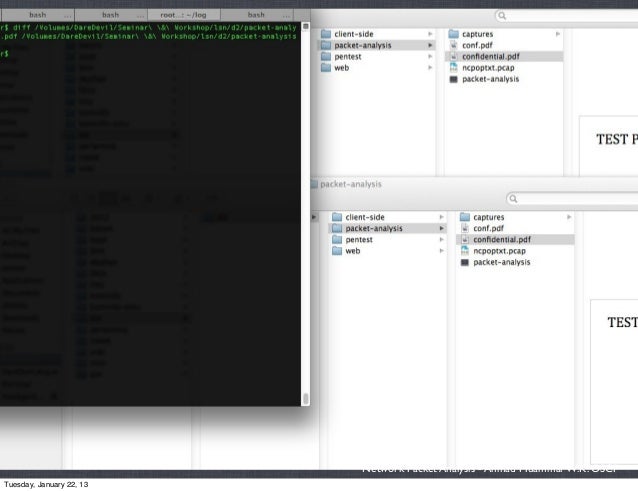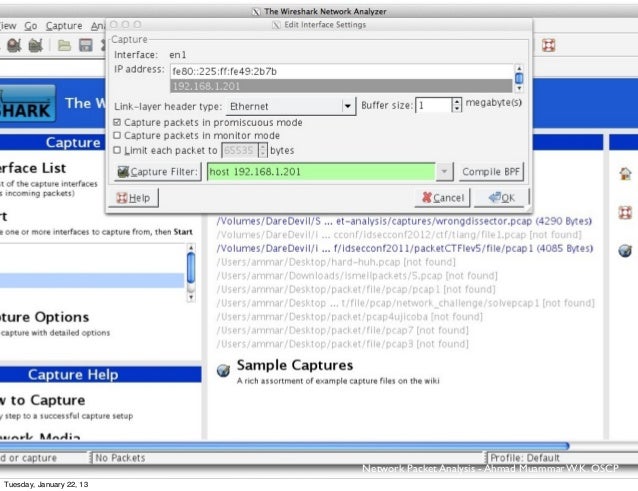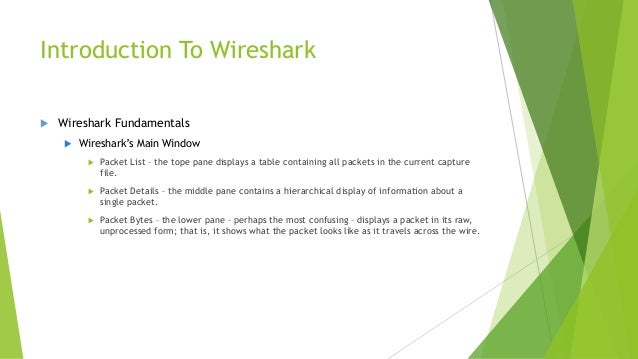

The ability to understand packets is a critical skill for network engineers, system administrators, security analysts, forensic investigators, and programmers alike. Everything you’ll learn is something you can directly apply to the job you have, or the job you want. Practical Packet Analysis takes a fundamental approach by exploring the concepts you need to know without all the fluff that is normally associated with learning about network protocols.

The Practical Packet Analysis online course is the best way to get hands on visual experience capturing, dissecting, and making sense of packets. Now, I’m excited to create an online course based on the book. That book is now in its third edition, has been translated to several languages, and has sold over 25,000 copies. That’s why I wrote the first Practical Packet Analysis book a decade ago.

There’s nothing more frustrating than knowing the answers you need lie in a mountain of data that you don’t know how to sift through. It’s easy to fire up Wireshark and capture some packets…but making sense of them is another story. On multiple occasions, I caught myself saying, “Really? I didn’t know you could do that!” Any book that talks about how a protocol works, ties it to real life troubleshooting and security scenarios and then seals the deal with using a tool is a winner in my book (pun intended).I’m excited to announce my newest training course “Practical Packet Analysis”, with a portion of the proceeds supporting multiple charities. I was stuck, however, how much I didn’t know about Wireshark. I’ve been using Wireshark since the Ethereal days and am no stranger to packet analysis – as we network janitors know, it’s sometimes the best way to discover and solve problems. If it isn’t apparent already, I really enjoyed this book. This is the part where the practical applications and problems are described, detailed and discussed…from troubleshooting to security to wireless. The fourth and final section (chapter 8-11) is where Sanders really earns his keep. Discussing wire tapping is exciting, showing wire captures explains plenty, but understanding the protocols themselves is the can’t-live-without piece that ties everything together. The third section (chapter 6 – 7) is my favorite. Sanders does an excellent job keeping the text lively, when it’s really just about 1’s and 0’s inside headers.

This content is as valuable as it is humorous. The second section (chapter 3 – 5) discuss Wireshark in detail. After all, if you don’t have visibility into a network, it becomes more difficult to troubleshoot and provide security. These two chapters provide a basis for engineers to capture packets to do analysis, which is often overlooked in the real-world. The first section (chapters 1 and 2) describe network sniffing, how it can be done and why it should be done. The book is divided into four general sections.


 0 kommentar(er)
0 kommentar(er)
